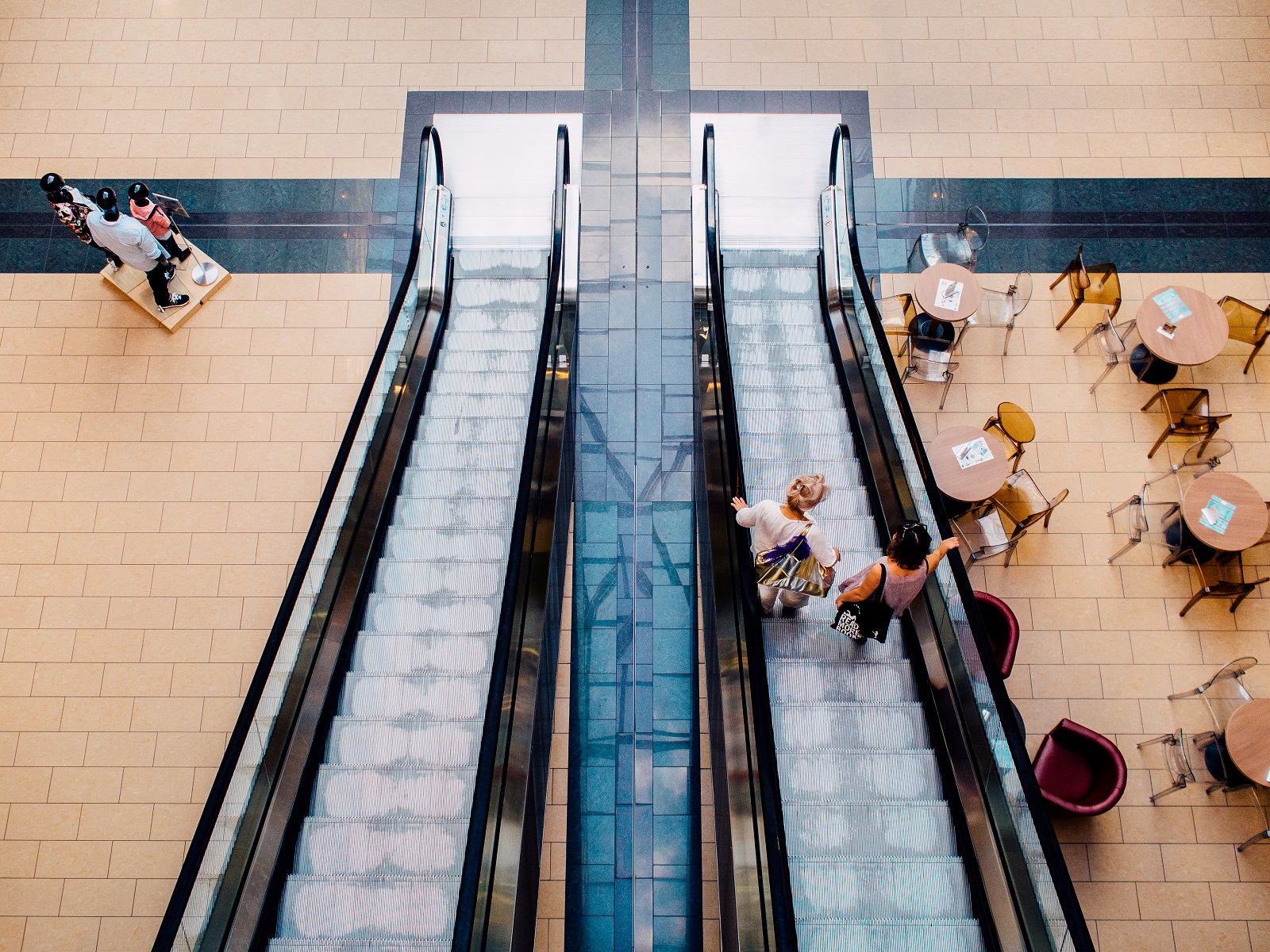
By Dr. Sarah Montano, Senior Lecturer in Marketing
Birmingham Business School, University of Birmingham
This article has been produced as part of research for a joint ESRC Festival of Social Science event which will be held as a panel discussion at 1:30-2:30pm on Friday 13th November 2020. You can register for the event at the Eventbrite page.
Do we need to redefine who we are as consumers and how we behave; or can we embrace this ‘new normal’? Given that we have now spent most of 2020 in a pandemic and most nations faced restrictions on either how or what we can buy our thoughts are beginning to turn to what the retail picture may look like, post the Covid-19. As we move towards a ‘new normal’ with social distancing enabled by new technologies; we discuss what this will mean for the consumer and the retail sector.
What does the data tell us?
The latest ONS sales data tells us that the appetite for retail has not diminished, whilst there was a significant drop whilst stores were closed, once they reopened spending has bounced back, with September non-food sales 1.7% above February’s pre pandemic levels. In May 2020 Online sales peaked at 32.8% of total retail sales, however since May, online sales have decreased to 26.1% of total sales. The data, therefore, tells us that when consumers are unable to physically shop in-store they will turn to online to fulfil their shopping needs, once the opportunity to shop in-store returns, consumers will return to the physical shopping experience. We should not assume that there will be a total return to how we once shopped. We anticipate that consumers will retain some of the convenience of online shopping and the data illustrates this, as while online sales have fallen since their peak, they are still 8% higher that September 2019. Therefore, we anticipate the consumers will keep some of their new habits e.g. finding new brands online; shopping locally but in some ways will also go back to former habits e.g. meeting friends for shopping and drinks.
Experiences and Socialising
Whilst the impact on the virus may be problematic, the Eat Out to Help Out scheme was popular with a cost to the Treasury of approx. £522 million, showing that people wanted to go out of the house and eat. Why was this? Fundamentally, retail is no longer about the just acquisition of goods, retail is an experience that is also social. The EOTHO scheme, showed that as people we do have Zoom fatigue, that a Zoom quiz is not a substitute for the Pub Quiz and that as consumers we do want to go outside and be with others. Some Pubs have responded by offering their tables as socially distanced work places – so you can “pub desk;” have a drink at the end of the day and be with others (but not too close!). Retailers will also need to consider how they can allow safe experiences to allow customers to still enjoy shopping e.g. John Lewis have reconfigured their stores; re-opened some of their services and re-opened their cafes.
New Technologies and Let’s Get Phygital
New technologies have now become integrated into our daily lives with the increasing use of apps to either order food/ pay in-store or the Track and Trace App to check in, which 18 million people have downloaded. Even traditional companies such as M&S are encouraging their customers to pay using “walk out technology” – simply open the app, scan, pay and walk out! Technologies are now are seamless part of how we shop – no product in-store? No problem? Order on the App. Click and Collect from John Lewis whilst you buy a pint of milk in Waitrose. Want to know what your new home working desk looks like in your office before you order it? Us the AR facility in John Lewis or Amazon. We, therefore, anticipate that as consumers we will keep and use these new technologies to make their lives easier. The physical store and the digital world will blend together to be phygital.
What is the future of retail?
So, what will retail in a post COVID world look like. Firstly, there will still be a strong retail sector, we do not doubt that, but there will be different brands available and shopping as an activity will change. Some brands that we love will just not survive the upheaval that the pandemic will bring, but new brands will take their place. Secondly, Town Centres may give way to more localised shopping venues/ high streets as working from home becomes more a standard practice. For years we have been told that the high street is dying but we now might just see its revival. Finally, new technologies are here to stay and make shopping more enjoyable – maybe in 10 years the drones will carry your shopping home!
- More about Dr. Sarah Montano at the University of Birmingham
- More about The Department of Marketing
- Find out more about ESRC Festival of Social Science 2020
- Back to Business School Blog
The views and opinions expressed in this article are those of the author and do not necessarily reflect the official policy or position of the University of Birmingham.
